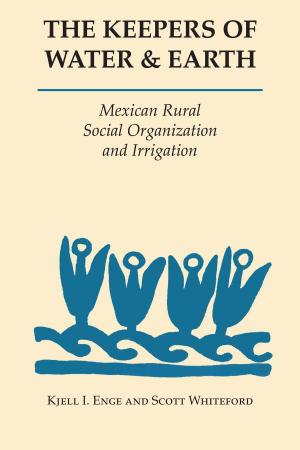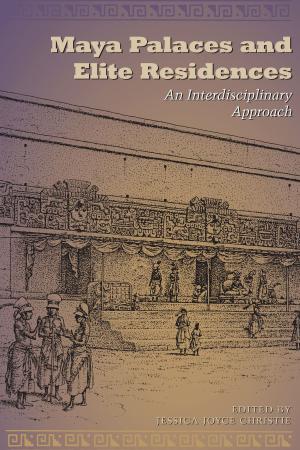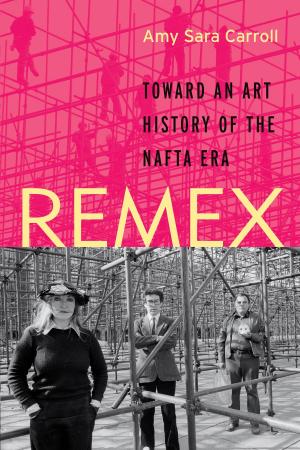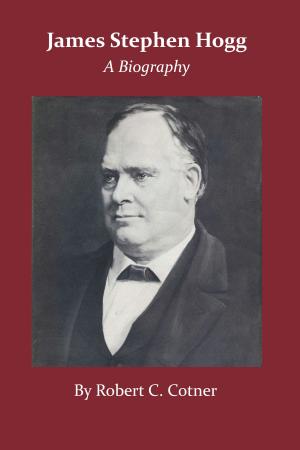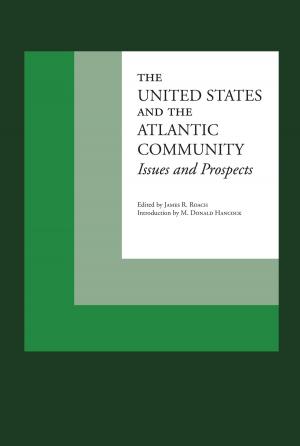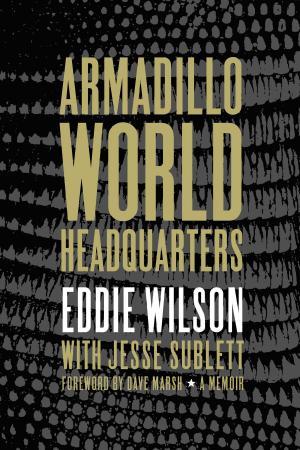| Author: | Charles C. Cumberland | ISBN: | 9780292789630 |
| Publisher: | University of Texas Press | Publication: | June 28, 2010 |
| Imprint: | University of Texas Press | Language: | English |
| Author: | Charles C. Cumberland |
| ISBN: | 9780292789630 |
| Publisher: | University of Texas Press |
| Publication: | June 28, 2010 |
| Imprint: | University of Texas Press |
| Language: | English |
The years 1913-1920 were the most critical years of the Mexican revolution. This study of the period, a sequel to Cumberland's Mexican Revolution: Genesis under Madero (University of Texas Press, 1952), traces Mexico's course through the anguish of civil war to the establishment of a tenuous new government, the codification of revolutionary aspirations in a remarkable constitution, and the emergence of an activist leadership determined to propel Mexico into the select company of developed nations. The narrative begins with Huerta's overthrow of Madero in 1913 and the rise of Carranza's Constitutionalist counterchallenge. It concludes with a summary of Carranza's stormy term as constitutional president climaxed by his ouster and overthrow in a revolt spearheaded by Alvaro Obregón. Professor Cumberland has based his study on a wide range of Mexican and U.S. primary sources as well as pertinent secondary studies. He has utilized much new material and has brought to it a mature and sophisticated analysis; the result is a major contribution to the understanding of one of the twentieth century's most significant revolutionary movements.
The years 1913-1920 were the most critical years of the Mexican revolution. This study of the period, a sequel to Cumberland's Mexican Revolution: Genesis under Madero (University of Texas Press, 1952), traces Mexico's course through the anguish of civil war to the establishment of a tenuous new government, the codification of revolutionary aspirations in a remarkable constitution, and the emergence of an activist leadership determined to propel Mexico into the select company of developed nations. The narrative begins with Huerta's overthrow of Madero in 1913 and the rise of Carranza's Constitutionalist counterchallenge. It concludes with a summary of Carranza's stormy term as constitutional president climaxed by his ouster and overthrow in a revolt spearheaded by Alvaro Obregón. Professor Cumberland has based his study on a wide range of Mexican and U.S. primary sources as well as pertinent secondary studies. He has utilized much new material and has brought to it a mature and sophisticated analysis; the result is a major contribution to the understanding of one of the twentieth century's most significant revolutionary movements.



